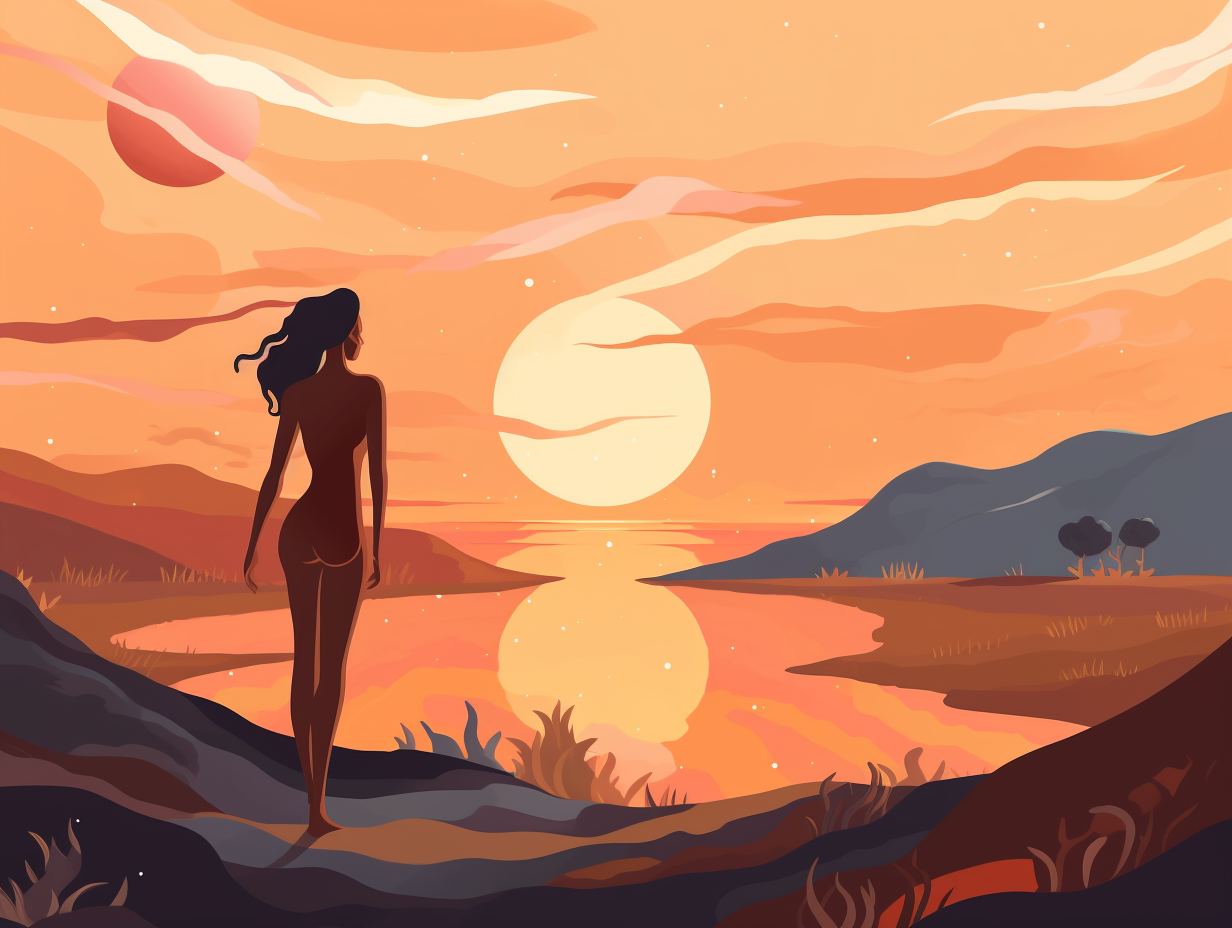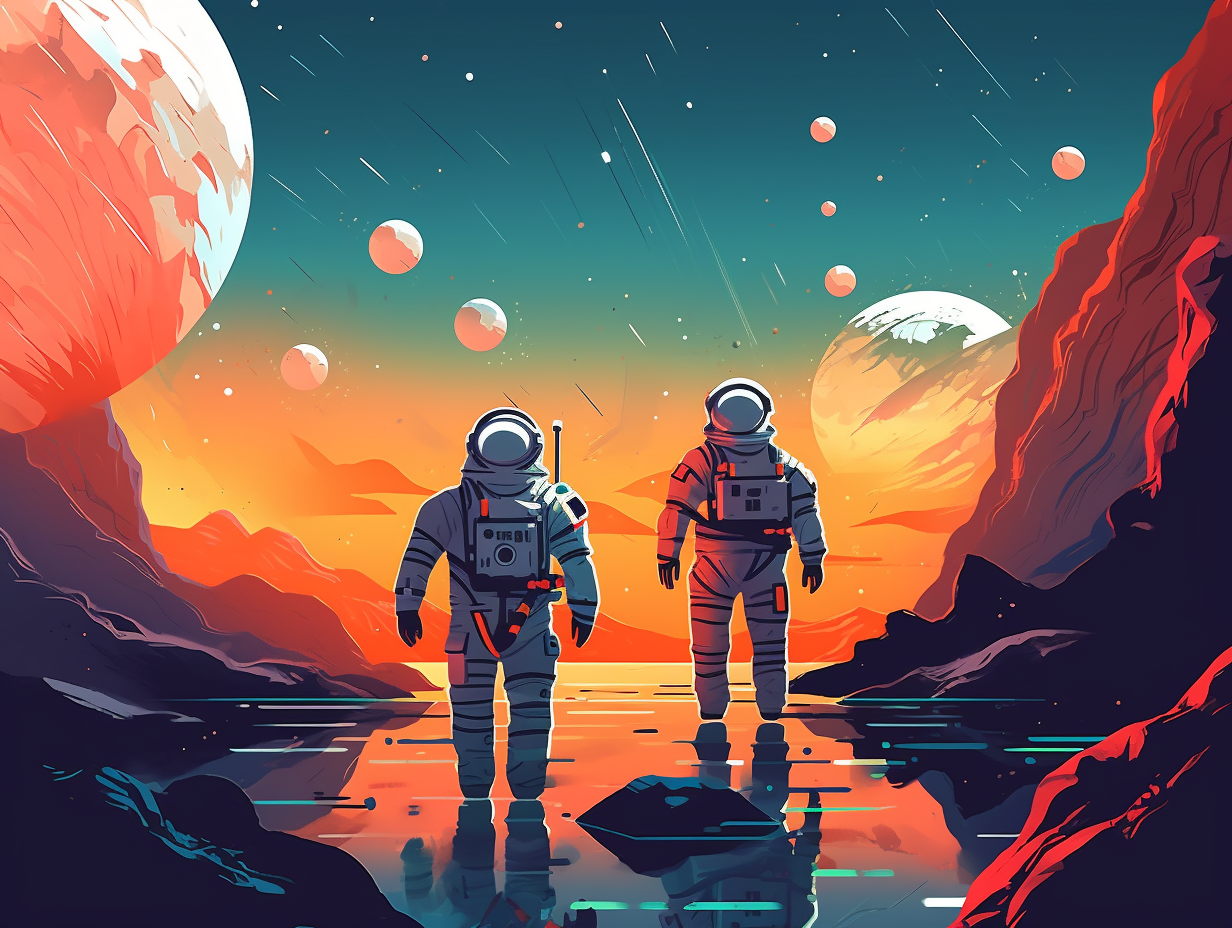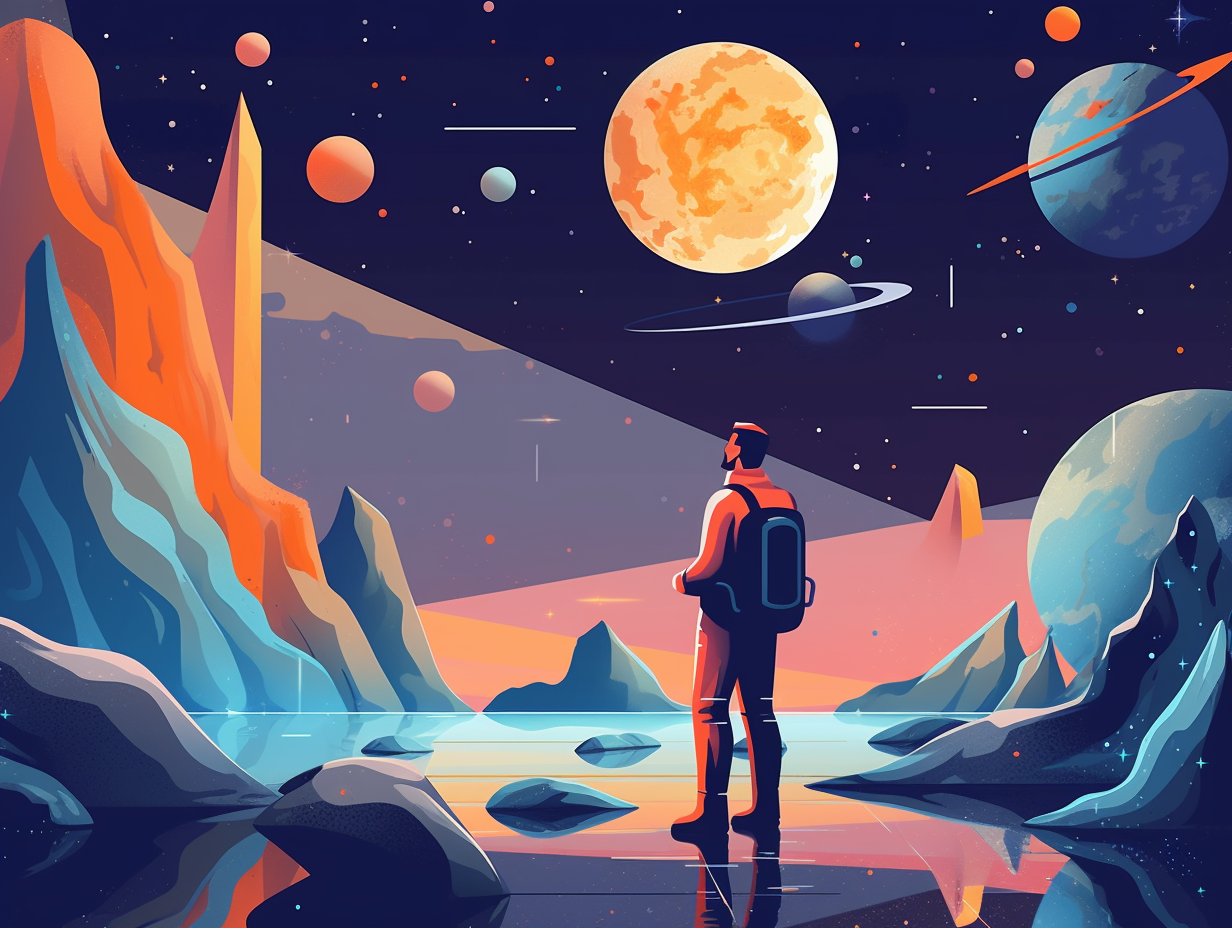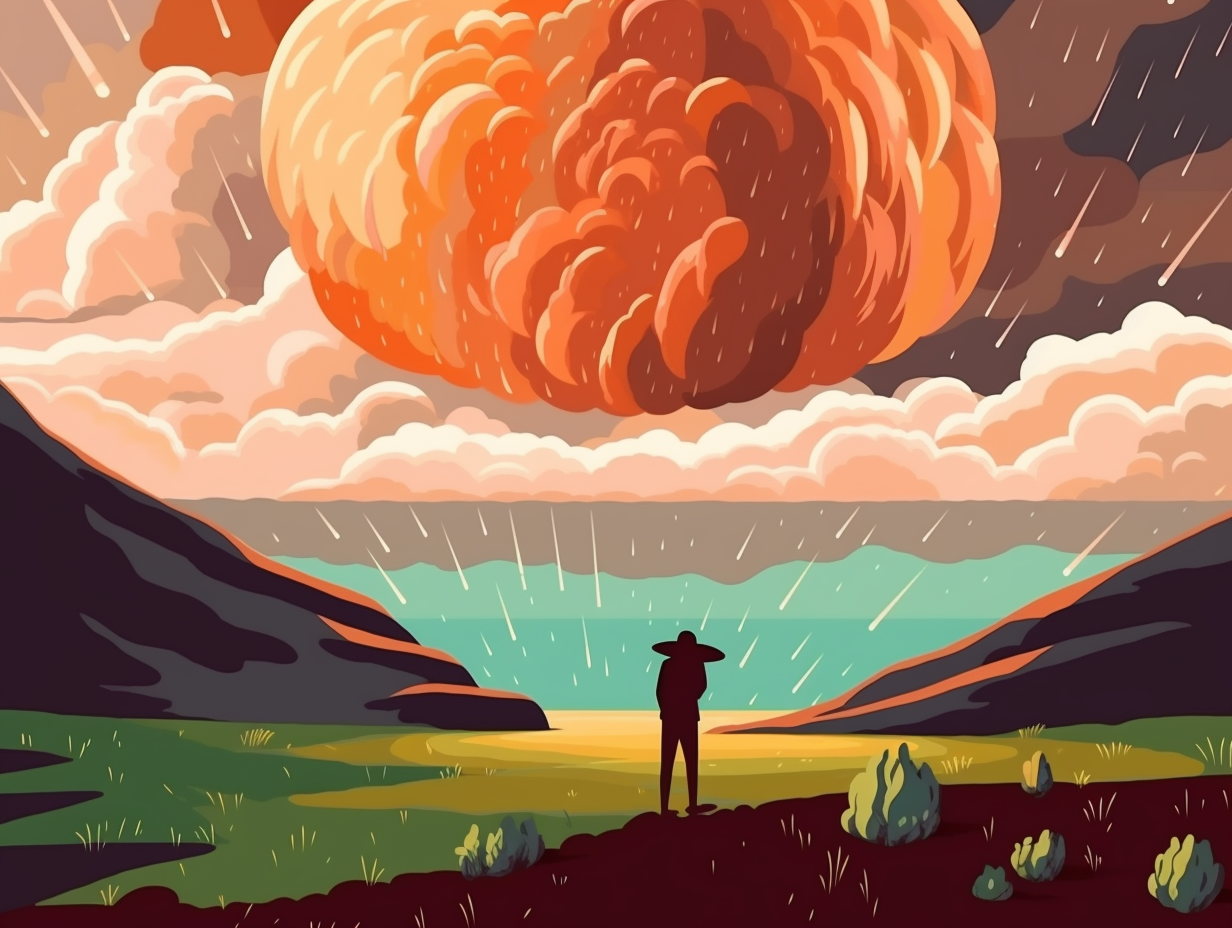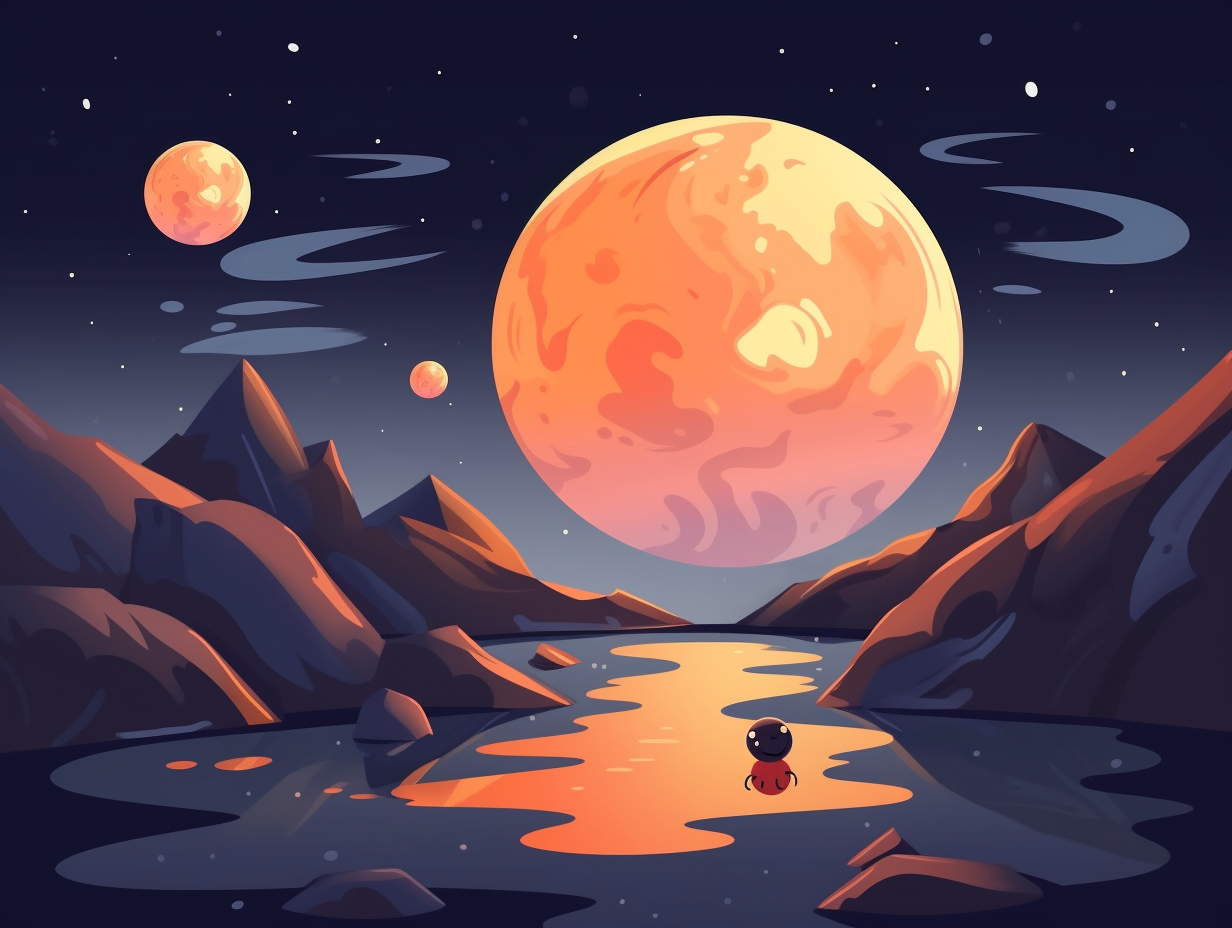Discover the Wonders: 14 Fascinating Fun Facts About the Outer Planets
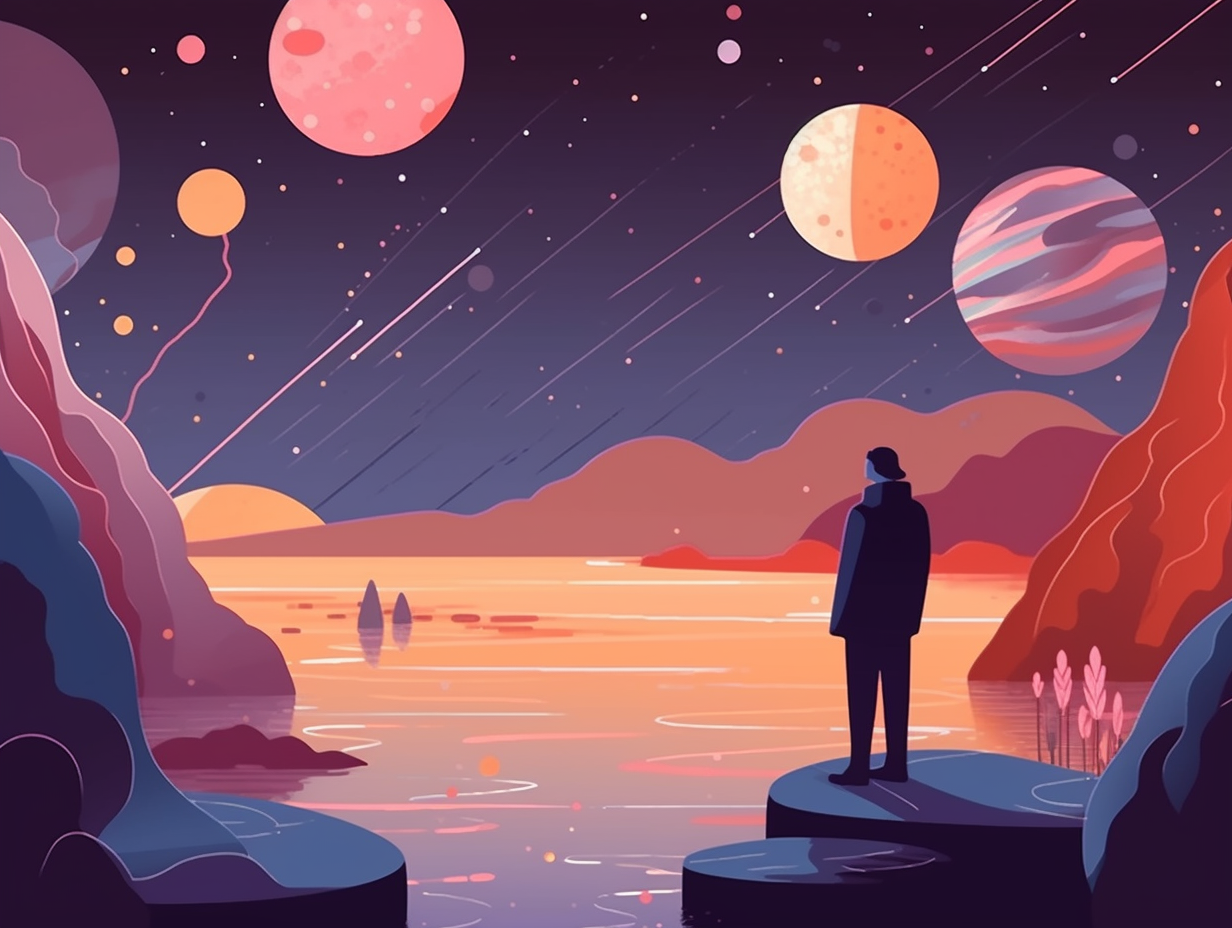
1. Jupiter's Moon Collection
In a celestial game of "capture the moon," Jupiter has been crowned the reigning champion with a staggering collection worthy of a cosmic trophy case: This massive planet boasts an impressive 79 moons, with 12 newly discovered ones, outshining all other planets in our solar system, although some of these celestial sidekicks may be fragments of larger bodies that got a little too close to the action.
Source => phys.org
2. Saturn's Hula Hoop Rings
As if putting a celestial hula hoop on spin cycle, Saturn's certainly got its groove on in the galactic dance: Saturn boasts the largest and most visible ring system in the solar system, spanning a distance three-quarters that of the Earth-moon gap, and made up mostly of water-ice particles, ranging from tiny sand grains to mountain-sized chunks, while also attracting rocky meteoroids on their space-bound journeys.
Source => space.com

Did you know Jupiter can complete a full rotation in less than half an Earth day? Discover how the largest planet in our solar system races against time! 🌌⏱️
=> Fun Facts about Jupiter
3. Uranus' Extreme Tilt
Uranus is the solar system's vogue model, striking a fierce pose on the cosmic catwalk: With an axial tilt of 97.7 degrees, this unique posture causes extreme seasons, as each pole takes turns basking in sunlight and shivering in darkness.
Source => science.howstuffworks.com
4. Jupiter's Lightning-fast Spin
Jupiter makes a dashing twirl with the panache of a cosmic ballerina, dazzling the universe in a way unlike any other planetary routine: In fact, it spins faster than any other planet in our Solar System, with a day lasting a mere 9 hours and 56 minutes, causing it to bulge at the equator and flatten at the poles—now that's a showstopper!
Source => en.wikipedia.org
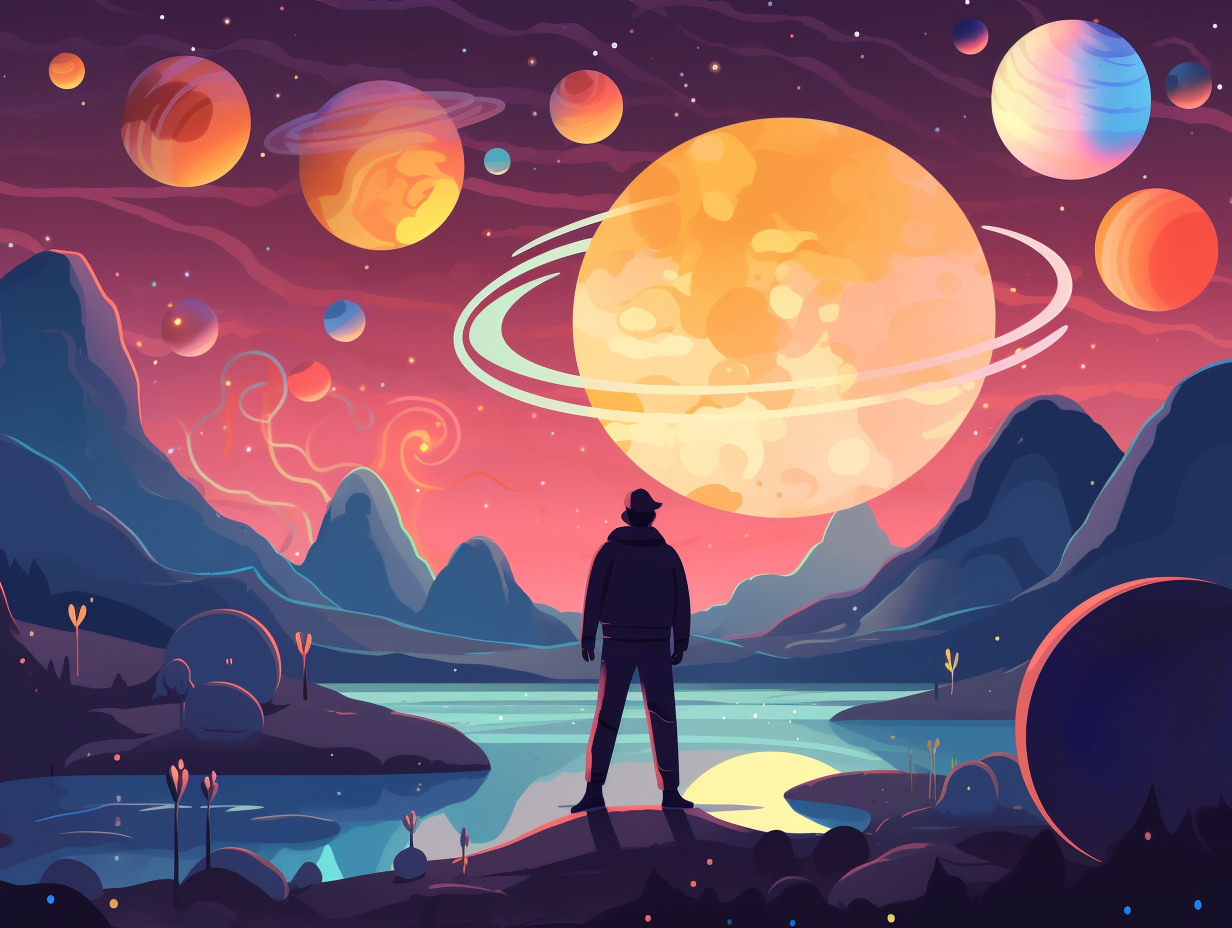
5. Saturn's Changing Seasons
Don't call Saturn a slowpoke! This giant gas ball might have a long orbit, but it shows off its seasons like the latest fashion trends: With an orbital period of about 29.5 Earth years, Saturn goes through dramatic weather system changes, powerful storms, and long-lived ovals akin to Jupiter's, all while getting its hemispheres kissed by different amounts of sunlight due to its orbital inclination and axial tilt.
Source => universetoday.com
6. Uranus' Complex Features
Don't be in-Uranus about this icy gas giant: Discovered in 1781, Uranus not only rotates on its side but also boasts a series of complex rings and a stellar family of at least 27 moons.
Source => farmersalmanac.com
7. Neptune: Blue-Tinged Romantic
If Neptune had an online dating profile, its bio would read "just a blue-tinged, gassy enigma looking for love in the cold depths of the solar system": The captivating azure hue of this mysterious planet is actually caused by the presence of methane in its atmosphere, which absorbs red light while reflecting blue light back into space – a real cosmic optical trick for the hopeless romantic on the lookout for striking celestial bodies.
Source => coolcosmos.ipac.caltech.edu
8. The Great Red Spot's Slimming Waistline
Aspiring to be like Jupiter's Great Red Spot? You might want to rethink that diet: this long-lasting celestial storm, which has raged on for centuries, is slimming down at the speedy rate of 580 miles per year! The Hubble Space Telescope's recent measurements clock it in at a mere 10,250 miles across – the smallest diameter ever recorded, and quite a reduction from its 25,500-mile waistline in the late 1800s. Scientists speculate that smaller storms are feeding into the Great Red Spot, changing its dynamics and energy – perhaps it's time for an intervention.
Source => hubblesite.org
9. Saturn's Hamburger Cosplay
Saturn's mischievous attempt at planetary cosplay: masquerading as a hamburger with flattened buns! In truth, this gaseous giant is the most oblate planet in our solar system, flattened at the poles by 10% due to rapid rotation, making it appear wider than it is tall, but not quite ready for a celestial barbecue.
Source => pas.rochester.edu
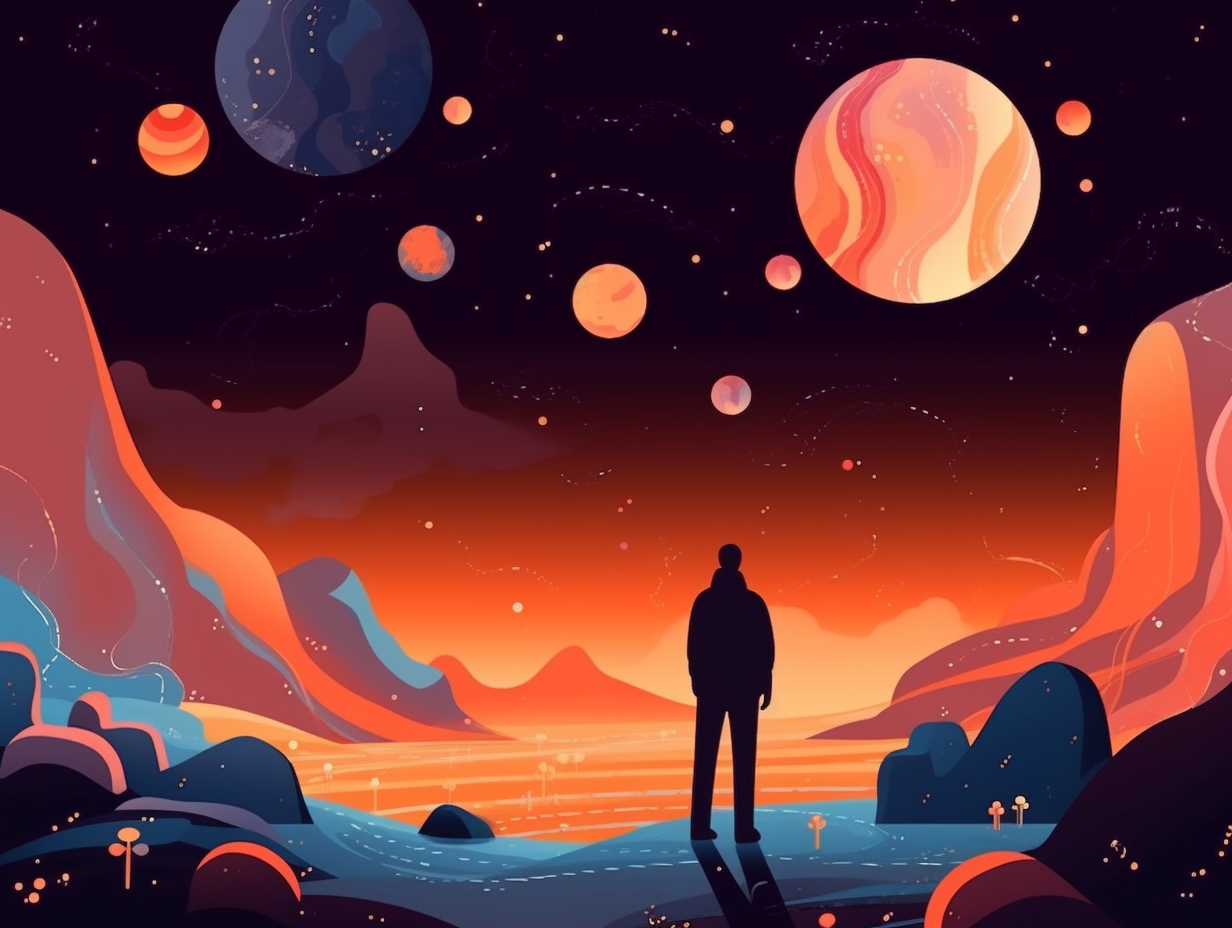
10. Uranus' Icy Party Weather
Uranus may be a cool customer, but it sure knows how to throw an icy party during its extreme seasons: Featuring unpredictable storms and intense auroras, the weather on Uranus oscillates between minus 243 degrees Fahrenheit and minus 370 degrees Fahrenheit, driven by its tilted axis.
Source => space.com
11. Triton: The Renegade Ice Volcano
In a twist that even M. Night Shyamalan couldn't predict, Neptune's largest moon, Triton, turns out to be a renegade from the Kuiper belt with a penchant for spewing ice volcanoes: Triton is one of the few geologically active moons in our Solar System, featuring cryovolcanic and tectonic terrains, an atmosphere 1/70,000th the pressure of Earth's, and has a retrograde orbit, leading scientists to believe it was once a dwarf planet captured by Neptune.
Source => en.wikipedia.org
12. Diamond Showers on Jupiter & Saturn
When Saturn and Jupiter aren't busy hosting the universe's most lavish diamond showers, they're hard at work as gem factories – no umbrella needed, though: these two colossal planets produce a whopping 1000 tonnes of diamonds each year, thanks to intense lightning storms that transform methane into soot which hardens into graphite and eventually, glittering diamonds that rain down to eventually melt into their scorching hot cores.
Source => stevenstone.co.uk
13. Enceladus' Water-Plume Secrets
In a cosmic twist fit for a salacious gossip column: Enceladus, one of Saturn's icy moons, is caught spewing secrets by the James Webb Space Telescope! The serious reveal: Massive water plumes, with one recent super-plume ejecting water vapour at a rate of 300 litres per second and extending over a distance of 9,600km, hint at a sub-surface ocean that could potentially support microbial life due to its salty composition. Now scientists are planning further explorations on this icy moon and others, like Europa and Ganymede, through the proposed Enceladus Orbilander mission!
Source => bbc.com
14. Titania: Uranus' Crater Queen
If you thought your family reunions were a crater-filled disaster, just wait until you meet Titania, Uranus' geological superstar: This heavily cratered moon not only boasts canyons and grabens, but it also displays a diverse range of geological features shaped by both endogenic and exogenic processes, making it the talk of the Uranian satellites.
Source => en.wikipedia.org
Related Fun Facts









